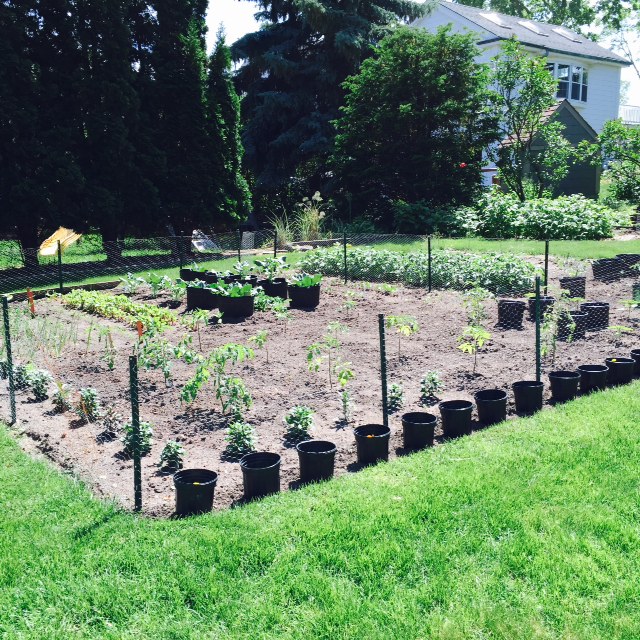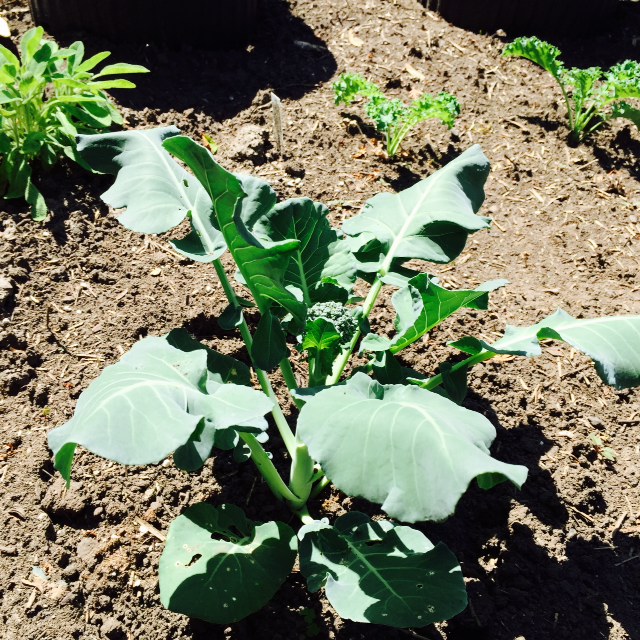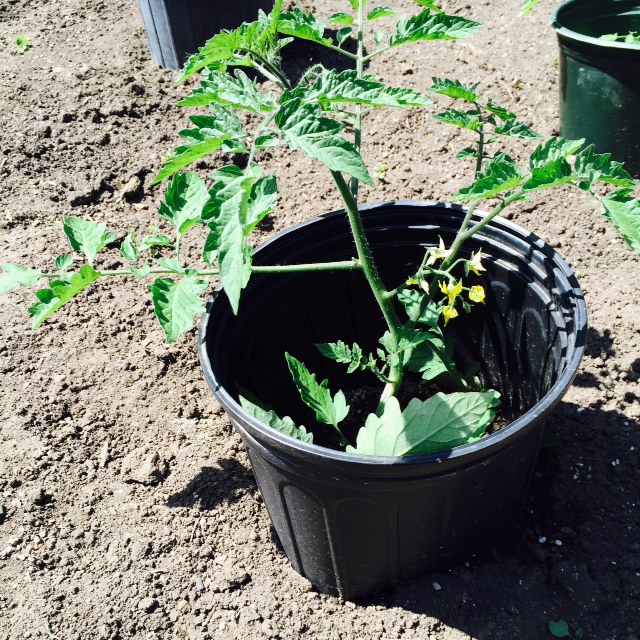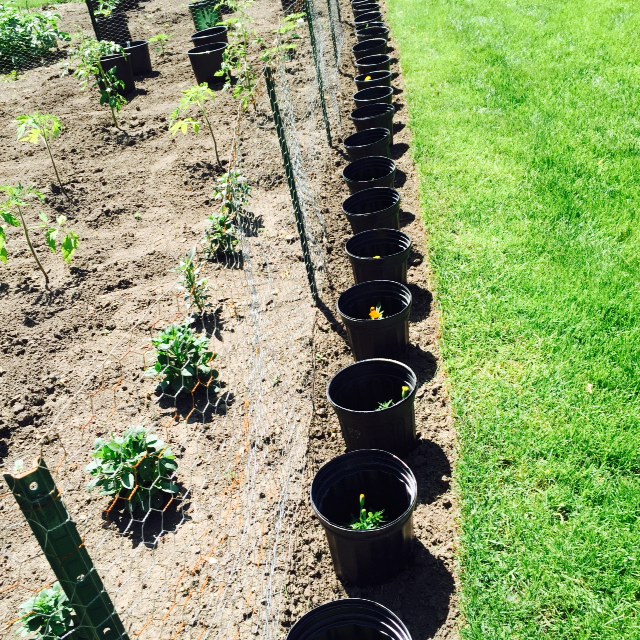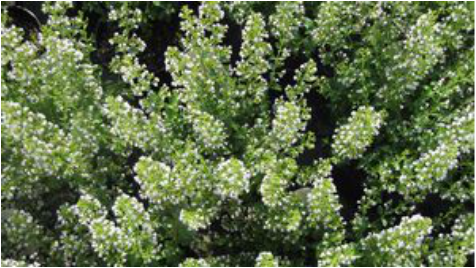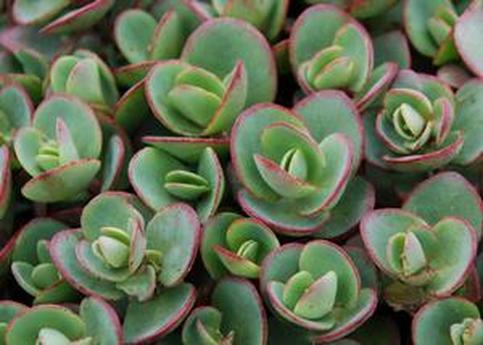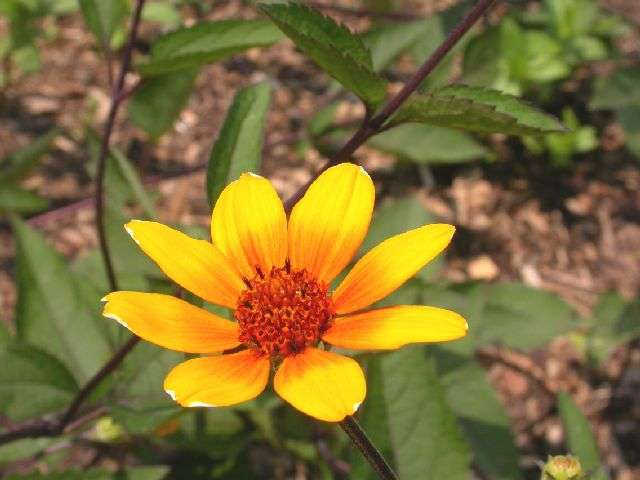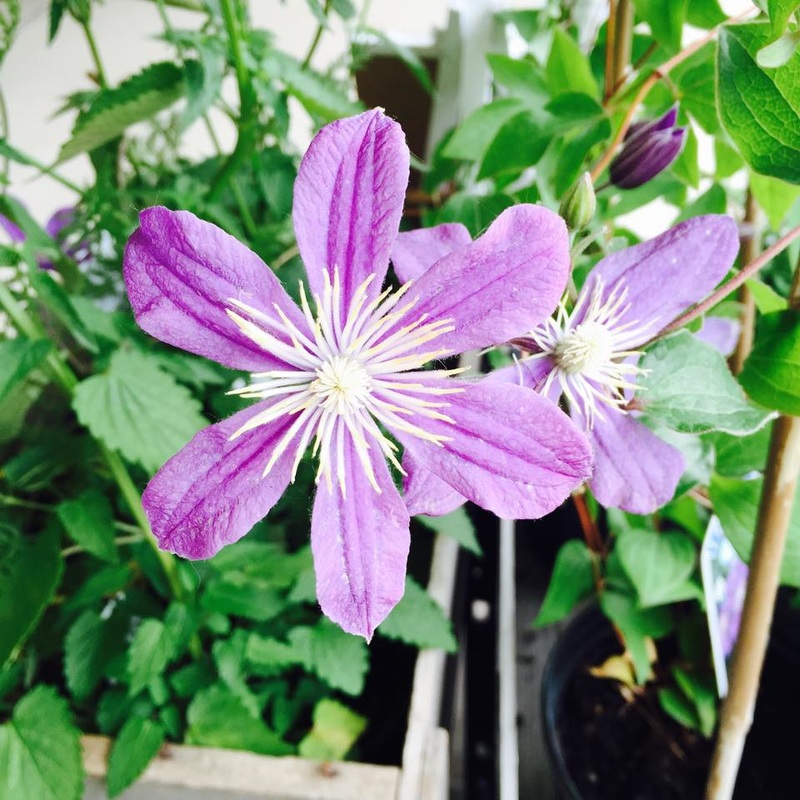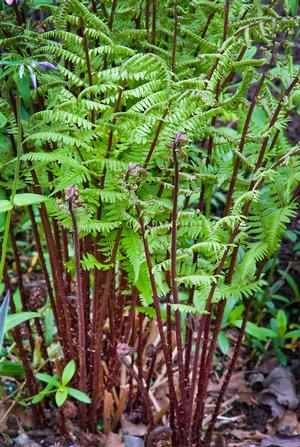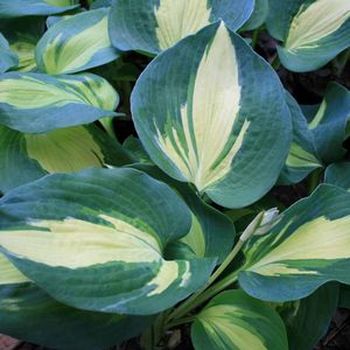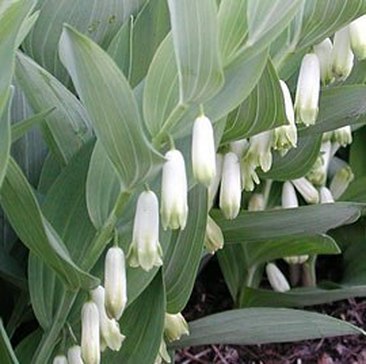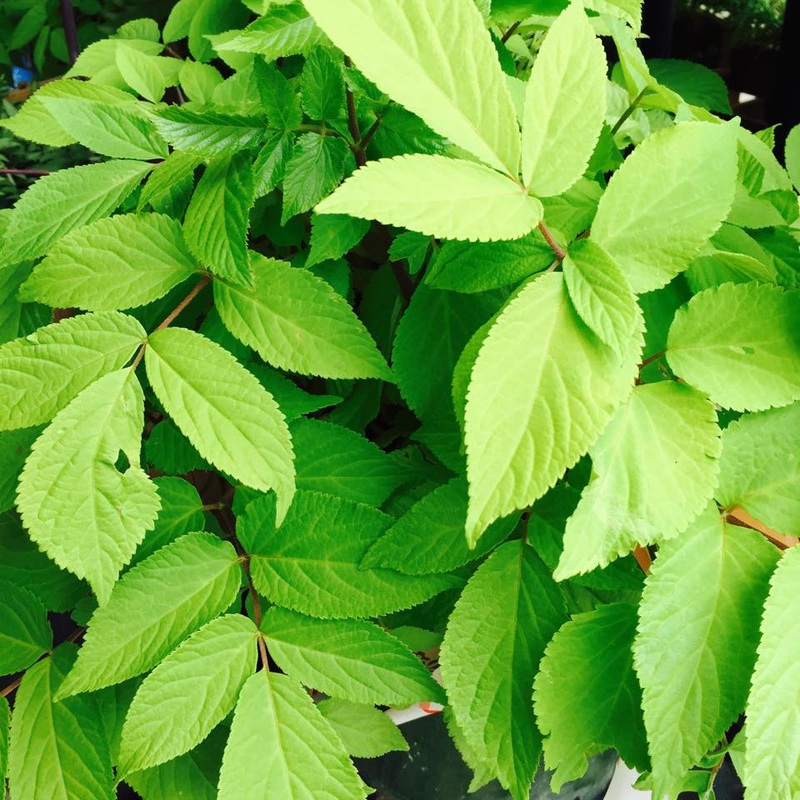|
The best tips for growing vegetables come from other gardeners. Late last summer we visited a small vegetable garden here in Burlington tended by BGC staffer, Marty Baker. This tidy, small plot is well-designed to produce a lot in a small space. We asked Marty to share some tips to pass on to you. Marty's first tip is to put a fence around the garden to keep out the rabbits. Note that all these photos were taken on June 6, about 2 weeks ago. Plant broccoli early - as soon as it shows up at the garden center. Broccoli planted later in the spring tends to bolt sending up only small heads that quickly flower and go to seed. Our favorite tip she has to offer is to protect young plants from damaging winds and critters with black nursery pots with the bottoms cut out. She does this with tomatoes, peppers, broccoli, cucumbers, and squashes. What a great use for all those nursery pots! * Marty leaves the black pots around the cucumbers and squash all season. This will help her know where to water, reducing the amount of water on the foliage that can lead to powdery mildew, plus the water goes directly to the roots. Even young marigolds get temporary protection until they grow big enough to protect the garden.
Watch for more tips next week.
0 Comments
6/16/2015 1 Comment Deb's Perennial PicksIt's always interesting to see which plants appeal to our staff members. We asked BGC Greenhouse Manager, Deb Polansky, for a few of her perennial favorites. Always finding something a bit more unusual but lovely, she has gathered a collection of unique, underused plants that need to find a home in your garden. Calamintha nepeta 'White Cloud' is a long-blooming, drought resistant perennial. It is fragrant, attracts butterflies, and is rabbit resistant. Plant with coneflowers and Russian sage in full sun. * 'Lime Zinger' Sedum is from a new series called Sunsparkler. Lime green leaves are outlined in red growing 4-6" tall. Soft pink flowers add interest in the fall. This sun-lover makes a nice groundcover with one plant spreading 16-18 inches. * It's the dark purple stems that will catch your eye first in this Wisconsin-born perennial. Heliosis helianthoides 'Prairie Sunset' rises 3-5' tall and blooms in the sun early summer until frost. Also known as false sunflower and ox-eyed daisy, it makes a nice cut flower and attracts butterflies. Plant with ornamental grasses and Liatris spicata. * Of course we have to include a climber and Clematis 'Arabella' is quite the darling. Arabella is actually a non-climbing variety but grows 3-6' tall. It would look lovely sprawling over a retaining wall or within a 3D trellis. It grows well in part sun/part shade and pairs nicely with the chartreuse foliage of the Japanese Forest Grass (Hakonechloa macra 'Aurea'). * On to the shade garden. We'll start with Deb's fern picks: Lady in Red (Athyrium felix-femina), shown above, and Branford Beauty Painted fern (Athyrium). Both grow 3 feet tall and are actually half-sisters sharing one common parent. Branford Beauty has silver and purple foliage similar to a Japanese Painted Fern. Plant among hostas (like 'Dream Queen' below). * Hosta 'Dream Queen' has blue-green leaves with white and cream variegation. Grows 14-16" tall and 30-32" wide. It's white flowers attract hummingbirds in the fall. * All these royal ladies in the shade garden means there must be a prince nearby. Solomon's Seal 'Prince Charming' (Polygonatum) is a, well, charming companion growing 12 inches tall. It does well in full shade and full sun and is a selection by Brent Harvath, Intrinsic Perennial Gardens, located in Hebron, IL. Plant near a path to see it's fall golden foliage and dark purple berries. * We'll close out Deb's picks with a very unusual perennial: Gotemba Golden Japanese Spikenard (Aralia cordata). The zen-like, broad, chartreuse foliage quickly grows to 5 feet each year making quite a presence in the light shade garden. Sprays of white flowers appear in late summer followed by purplish black berries. 'Gotemba' was collected on a small island in the Japanese Sea by Plant Discoverer, Dan Hinkley. Only a couple of these unique Aralia remain here at BGC.
|
|
|
STORE INFO
5205 Mormon Road Burlington, WI 53105 262.763.2153 |

